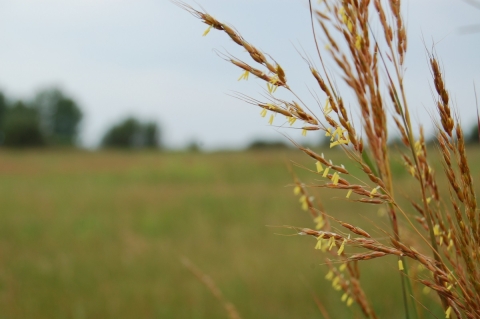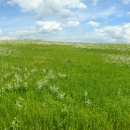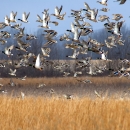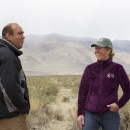Visit Us
Litchfield Wetland Management District provides a number of great opportunities to enjoy the outdoors. The tallgrass prairies and wetlands host a diversity of plant and animal species and make for some great wildlife observation areas as well as other recreational activities. Some of these activities include hunting, fishing, environmental education, and photography.
Litchfield Wetland Management District manages four Northern Tallgrass Prairie National Wildlife Refuge tracts. These tracts are not visible on our website map. Use the link below to see the Northern Tallgrass Prairie National Wildlife Refuge map.
Map Disclaimer
Currently, our maps are under construction and we are working on improving the accuracy of our content. If you have any questions please contact us. Thank you for your patience!
Location and Contact Information
Our Organization
Our Species
Litchfield Wetland Management District contains diverse native habitats that range from native forest in the northeast to the tallgrass prairie in the south and west. This diverse habitat also translates over to a diversity of plants and animals. In particular, the district remains a critical waterfowl production and migration area.












